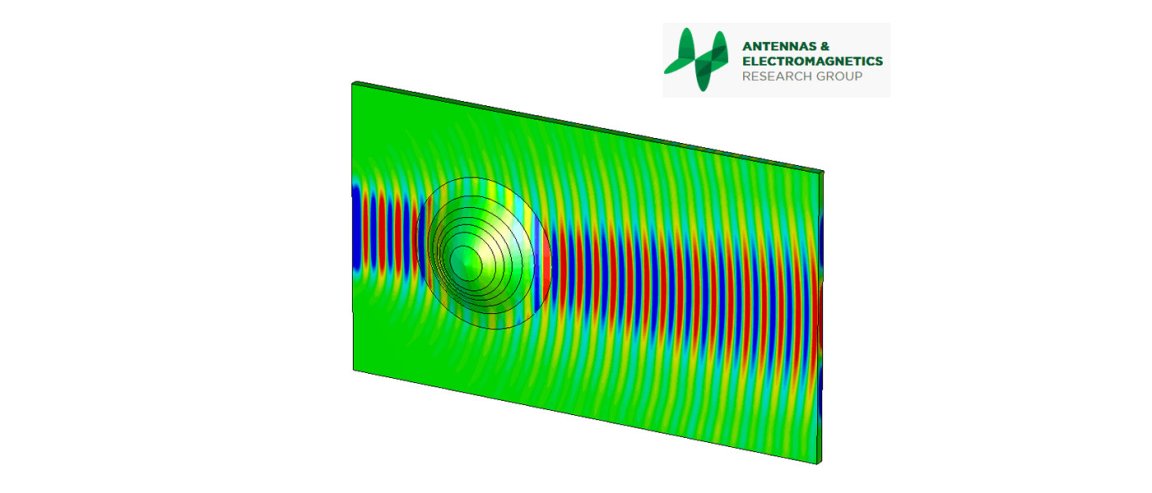
Concealing Curves Now a Feature
The race towards making invisibility cloaks a reality is getting more and more heated up.
Scientists from the Queen Mary University of London (QMUL), for the first time ever, have now managed to develop a cloaking device that could make a curved surface appear flat to electromagnetic waves, making an even more effective invisibility veil. By using a composite material with nano-size particles, they are able to enhance specific properties of the object’s surface.
To achieve the “flattening” effect, the researchers glazed the curved surface with a nanocomposite medium with seven distinct layers of varying electric properties, dictated by its position.

Professor Yang Hao from QMUL’s School of Electronic Engineering and Computer Science, co-author of the research, said: “The design is based on transformation optics, a concept behind the idea of the invisibility cloak.
Not Just Toying Around
While an invisibility device sounds like something that should be confined to a section labeled “children’s toys,” there is a wide range of important uses for it, should it finally come to fruition.
The technology would be an asset for several engineering applications, including aerospace functions.
“Previous research has shown this technique working at one frequency. However, we can demonstrate that it works at a greater range of frequencies making it more useful for other engineering applications, such as nano-antennas and the aerospace industry.”
Aside from this, first author Dr.Luigi La Spada of QMUL’s School of Electronic Engineering and Computer Science, adds to its potential uses: “The study and manipulation of surface waves are the keys to developing technological and industrial solutions in the design of real-life platforms, for different application fields.
“We demonstrated a practical possibility to use nanocomposites to control surface wave propagation through advanced additive manufacturing. Perhaps most importantly, the approach used can be applied to other physical phenomena that are described by wave equations, such as acoustics. For this reason, we believe that this work has a great industrial impact.”